What does Narendra Modi’s victory mean for India?
Narendra Modi is India’s new prime minister. After leading the Bharatiya Janata Party (BJP) to a landslide victory in the Indian general elections, winning 282 seats in the lower house of 543, Modi will be sworn in on May 26. The BJP could form the next government on its own, though it is likely to give space to its coalition partners in the National Democratic Alliance (NDA) — which together won 336 seats, running short of 71 for a two-thirds majority.
This is a radical shift from the caste-ridden coalition politics that had crippled India since the late 1980s. It is a welcome development for conscious Indians, however, there is enormous expectation for Modi to deliver.
Today, Modi is a household name across broad sections of Indian society — from rickshaw pullers to business executives, college students to working professionals, and slum dwellers to rural farmers. All Indians speak about change under Modi and what that would mean for their country’s future.
If China Has Done it, Why Can’t India?
Modi was victorious at the ballot box in both of his constituencies — one in his home state of Gujarat and the other in Varanasi, the holy city and cradle of Hindu civilization and culture. He is a chosen man of Rashtriya Swayamsevak Sangh (RSS) and commands support of most Hindu organizations. Even the Muslim community, who accuse the RSS of inciting communal violence, is willing to acquiesce Modi as prime minister. His economic performance as chief minister of Gujarat was remarkable. Modi inspires the younger generation of prosperous Indians.
India’s middle-class, which exceeds the population of the United States in size, has been longing for change in the central leadership. They are fed up of corruption at high places, violence against women, shortage of electricity and water, bad roads and traffic congestion. They want high-speed railway connectivity and world-class airports, along with double-digit economic growth rates and employment opportunities. Their benchmarking is with Beijing — if China has done it, why can’t India?
Today, Modi is a household name across broad sections of Indian society. All Indians speak about change under Modi and what that would mean for their country’s future.
Now, Indians have Modi at the helm of power. He is business-friendly and has visited Japan, China and other important countries to attract foreign direct investment (FDI) in Gujarat. The market response has been encouraging, while the business community is upbeat for reforms in labor law, the Land Acquisition Act and the removal of unnecessary bureaucratic hurdles.
Unlike in the past, the election results in India show signs of political maturity. Political parties had produced their mandates based on performance but not on emotional appeal. Today, the Congress party, which inherited the credence of freedom struggle, would have simply been thrown out from the seat of power if it failed to deliver. Corruption charges, the anti-establishment factor, and the inexperience of Rahul Gandhi to match administrative and oratory skills of Modi caused Congress’ downward spiral.
In fact, the cast-based and communist parties performed poorly not because of their lack of organizational skills. Rather, they lacked a clear vision of how to bring about socioeconomic transformation. Even a rickshaw puller in the erstwhile stronghold of communists in West Bengal will not believe in election promises unless India gets richer.
Except in West Bengal, Tamil Nadu, Kerala, Orissa and smaller northeastern states, voters favored the BJP or its alliance. Even Nitish Kumar, the high performing chief minister of Bihar, accepted defeat because voters believe that a strong and forward-looking government in Delhi is a prerequisite for sustaining the ongoing double-digit economic growth rate in Bihar. This is a marked transformation in the mindset of Indian voters, who want political stability and long-term prosperity.
India is consolidating the political landscape into ideological-based polarization, as has been the case in the US. Ideologically, the BJP is for Hindu nationalism with a free market economy, while Congress is for secularism with a mixed economy. Voters in India are likely to slide toward either Congress or the BJP in years to come, if performance becomes the benchmarking criteria.
Awe and Apprehension
Euphoria around Modi is not limited within the boundaries of India. His rise to power in Delhi is creating awe and apprehension in neighboring states.
India is home to over a billion people. It is a nuclear power, an emerging trade market and a rising military actor in Asia. The BJP-led National Democratic Alliance, which was in power in the early 2000s, has created a positive impression in the mindset of Indian people.
Former Prime Minister Atal Behari Vajpai declared India a nuclear power, created a vision of a prosperous India, and did not reverse the economic reforms initiated by the Congress government. India began a nuclear enrichment program in 1974, but the government had shelved its plans to make a nuclear bomb in order to avoid international criticism. The Vajpai-led government decided to face the international community, ordering India’s nuclear scientists to go ahead with testing a nuclear bomb. The relationship with neighboring countries did not worsen, despite then-Defense Minister George Fernandez’s repeated singling out of China and Pakistan as adversaries.
Vajpai could not do much to promote the Hindu agenda, particularly the construction of the Ram Temple in Ayodhya, due to the coalition nature of Indian politics. This had frustrated both the RSS and Vishwa Hindu Parishad (VHP), when they saw their man incapable of delivering the promise for which they had been campaigning.
The mindset of the RSS and VHP is that the Ram Temple in Ayodhya is a symbol of pride for Hindu-majority India. Ram is a god, hero and ideal character in Hindu mythology. These Hindu organizations believe that rebuilding the temple at the place where a Muslim ruler (Babur) had constructed a mosque some 400 years ago should not upset the Muslim community, as the place has not been in use as a place of Muslim worship, while the Hindu community has been using it as makeshift Ram Temple since the early 1990s. For the Muslim community, the site was a monument built by the early ruler. For Hindus, it is a birth place of their god and hero. It is in such instances that a pragmatic solution is needed for interfaith understanding.
This time the situation could be different. Modi is a determined Hindu nationalist. He has a good performance record in terms of administration and economic development, with the exception of the communal riots of 2002. He promises to focus initially on weeding out corruption and bringing India back into the league of high-performing economies, while also improving border security, promoting the Hindu agenda and adopting pro-active diplomacy with neighboring countries.
But an emphasis on Hindu identity could make minority communities uncomfortable, particularly Muslims and Christians. There have been Hindu-Muslim riots in post-independence India, irrespective of which party was in power. Modi’s strategy to promote inter-faith harmony based on constructive engagement may yield positive results.
However, it will not be easy to deal with neighbors that vary in size and complexity, ranging from outright animosity to love-hate relationships. The economy, which requires sustained investment on infrastructure, needs to win confidence of internal investors — something that could be affected if inter-communal strife breaks out.
Historical Legacy
India’s security concern is tied to its historical legacy. The Kashmir conflict, an unresolved border problem with China and a long, open border with Nepal are always discussed in security-related forums. These historical caveats are further sensitized by increasing economic and military activities of China in Pakistan, Nepal, Bangladesh, Sri Lanka and the Maldives. Even Bhutan, traditionally an Indian ally, has recently come under India’s security screen because of Chinese claims on Bhutanese territories that are considered strategically important for Delhi, due to its proximity to the Siliguri Corridor and the country’s northeast.
An emphasis on Hindu identity could make minority communities uncomfortable, particularly Muslims and Christians. There have been Hindu-Muslim riots in post-independence India, irrespective of which party was in power.
The Modi camp believes there is a need for a paradigm shift in India’s foreign policy vis-à-vis neighboring countries. The BJP is welcoming retired army generals, police officers and bureaucrats in the party to strengthen its policy formulation process.
In addition, the RSS cadres, which are active in border areas, have a presence in some neighboring countries, taking note of security sensitivities and the deepening process of external influence. They not only spread the RSS’ message on Hindu culture and tradition, but also make their own assessment on the status of India’s core interests. Obviously, however, Modi will have access to informal and formal sources of information to make objective assessments on security issues.
At present, the core concerns of the RSS are: illegal Muslim immigration from Bangladesh; Nepal becoming a secular state; and the way Hindu populations are treated in Bhutan and Sri Lanka.
The first intervention process could begin in Nepal, where the constitution-writing process is back on track. Ashok Singhal, former general secretary of the VHP, has openly stated that India will help Nepal to retain its Hindu identity. Also, the RSS has been monitoring the situation of the Hindu population in Bhutan, and has spoken about the Congress-led Indian government’s failure to help resolve the problem of Bhutanese refugees in Nepal.
So What Does Modi’s Win Mean?
Modi’s rise to power will clearly have an impact not only in India, but also in South Asia and the wider region. In contrast to earlier administrations, a Modi-led government will be assertive to weed out corruption; it will be more receptive to deeper economic reforms; and it will work harder to attract FDI. Job creation and infrastructure development will be the new Indian prime minister’s top priority.
Modi will be tough on cross border infiltration, promote intra-faith understanding, but also support construction of the Ram Temple in Ayodhya. Intra-faith negotiation will be his approach. Modi will encourage Indian investment on mutually beneficial projects in South Asia and initiate a regional economic integration process on a case by case basis.
The most obvious beneficiary will be Nepal, where India is likely to support political stability and development of hydro resources. The border problems with China and the issue of Kashmir are unlikely to be solved any time soon, though Modi will work to strengthen capability of the Indian defense establishment.
Modi will build closer relationships with the developed world, focusing at deeper economic cooperation with Japan, the US and European countries. His approach will be to make meaningful engagement with China, leading efforts to make India attractive for investment and trade and to promote cultural ties.
Indeed, Modi has his critics but he also has many ardent supporters. While economically Modi was the better choice of candidate, his success will depend upon how he works to maintain harmony.
The views expressed in this article are the author’s own and do not necessarily reflect Fair Observer’s editorial policy.
Support Fair Observer
We rely on your support for our independence, diversity and quality.
For more than 10 years, Fair Observer has been free, fair and independent. No billionaire owns us, no advertisers control us. We are a reader-supported nonprofit. Unlike many other publications, we keep our content free for readers regardless of where they live or whether they can afford to pay. We have no paywalls and no ads.
In the post-truth era of fake news, echo chambers and filter bubbles, we publish a plurality of perspectives from around the world. Anyone can publish with us, but everyone goes through a rigorous editorial process. So, you get fact-checked, well-reasoned content instead of noise.
We publish 2,500+ voices from 90+ countries. We also conduct education and training programs
on subjects ranging from digital media and journalism to writing and critical thinking. This
doesn’t come cheap. Servers, editors, trainers and web developers cost
money.
Please consider supporting us on a regular basis as a recurring donor or a
sustaining member.
Will you support FO’s journalism?
We rely on your support for our independence, diversity and quality.




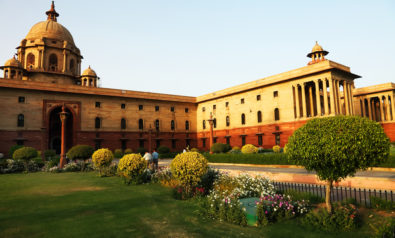
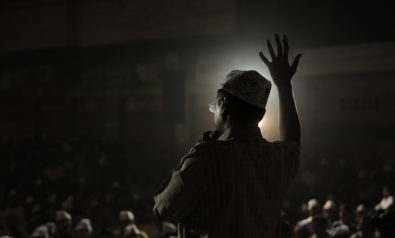
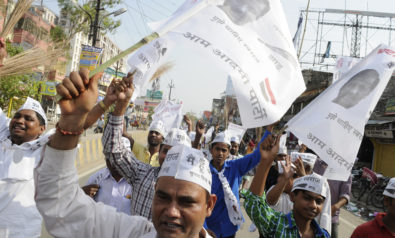
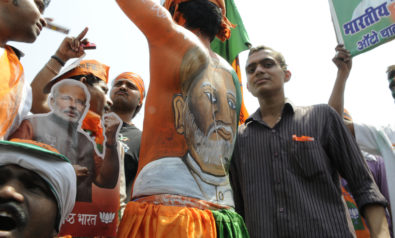
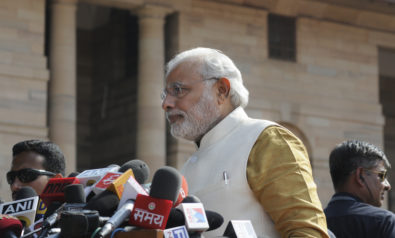
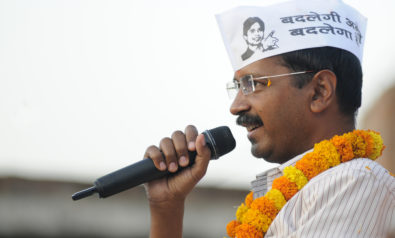
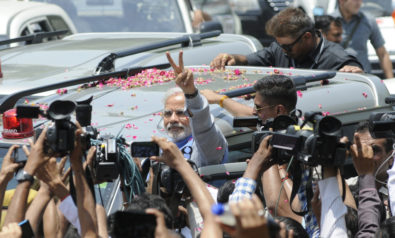
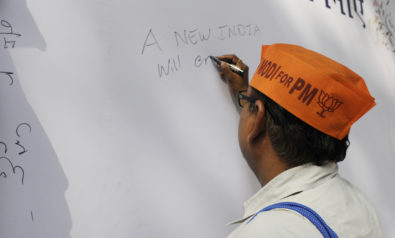
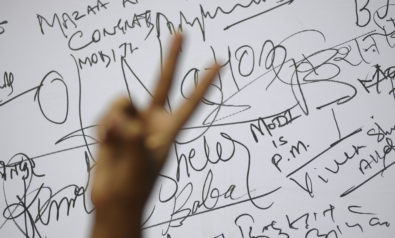

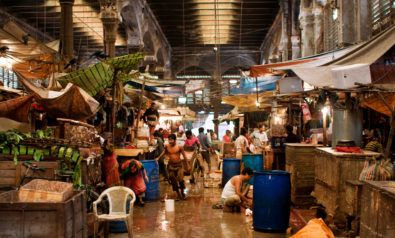

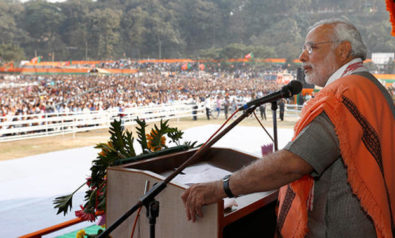
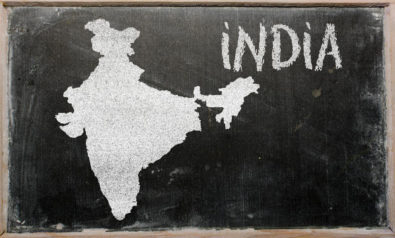
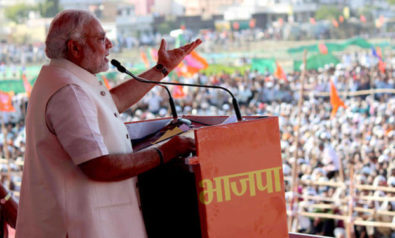
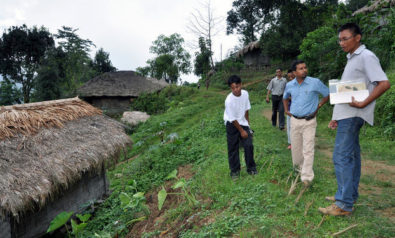
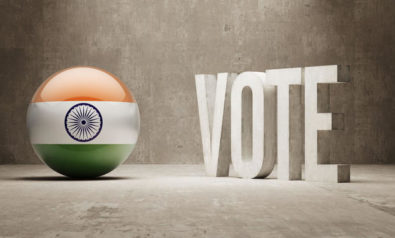

Comment